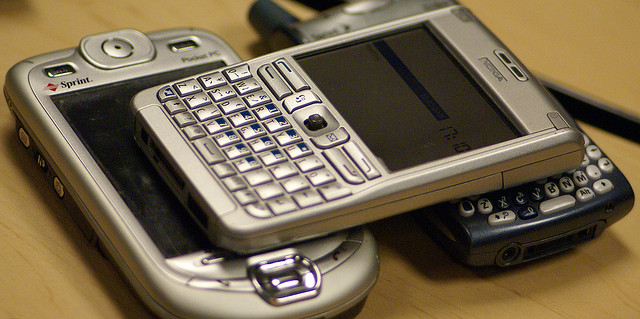
Where once we carried phones in our pocketswe now carry computers – and fairly powerful ones, at that. It’s no longer unusual to access bank account information or other sensitive data right on a smartphone, iPad or Android tablet, and that’s a windfall for hackers.
According to security software maker, NQ mobile, real mobile security threats tripled between 2011 and 2012, and most hacking targeted Android devices. That means nearly 33 million smartphones and tablets were hacked in 2012, and if yours was one of them you might not even have known.
The best thing you can do with the knowledge that there are people out there continually thinking up creative new ways to do you harm is protect yourself and your data. It’s actually easier than you might think to safeguard your privacy and personal information. Here are some simple steps you can take to make your tech less inviting to hackers:
Download anti-virus/malware software. Smartphones and tablets are computers and should always have up to date virus and malware protection installed and enabled.
Lock your devices. Enable the security features on your phone or tablet, set your devices to lock automatically after a minute of inactivity, and use strong passwords and security codes.
Secure your network. If your device works as a Wi-Fi hotspot, make sure your network is password protectedand turn off the hotspot when you’re not using it.
Disable ‘Discoverable’ Bluetooth.When Bluetooth is enabled on your device, this prevents your phone or tablet from being found by people scanning for Bluetooth devices in the area.
Check your permissions. Make sure you know what the apps you download can access, track and share. Choose secure apps and don’t give apps permissions they don’t need to actually run.
Install operating system updates. Many updates to mobile operating systems address recently discovered security loopholes, which means that if you’ve ignored OS updates your devices could be at risk.
Buy apps from reputable vendors.Always look for apps in the Google Play or iTunes stores first. When considering apps from third-party sources, check the reputation of the store and the required permissions before you download.Fake app stores are a real threat.
Be smart about passwords. Update passwords regularly, don’t share them, choose strong passwords and never keep them stored in the device itself.
Delete sensitive data. There’s nothing wrong with mobile banking or working on your tablet, but don’t let important information about your finances, employer, medical history or kids sit around on your device.
Install a tracking and/or remote control app. If your smartphone or tablet does fall into the wrong hands you’re more likely to get it back if you can tell the police where it is. And with a remote control app you’ll be able to quickly lock your device down or wipe it before thieves can use it.
Stick to secure Wi-Fi. When you have to make use of an unsecured public Wi-Fi network don’t access financial accounts, log into professional email accounts or share your personal or account information. Watch out for fake Wi-Fi networks created just to score people’s usernames and passwords.
Erase old phones and tablets.You might think that obsolete smartphone or tablet is ready to sell or give away but it may actually have personal information lurking in the background. When you’re done with a device, wipe it completely.
Know where your device is. It may sound simple but the easiest way you can protect your information is by keeping tabs on your phone or tablet. While there are plenty of ways hackers can compromise a device remotely, think about how much more damage they can do when an unlocked device is actually in their hands.
Photo Credit: Flickr/Vincent Diamante



















